Everything you need to know about specifications and performance - Jaguar E-Pace E-Pace 2018 - 2.0 P250 (250 Hp) AWD Automatic
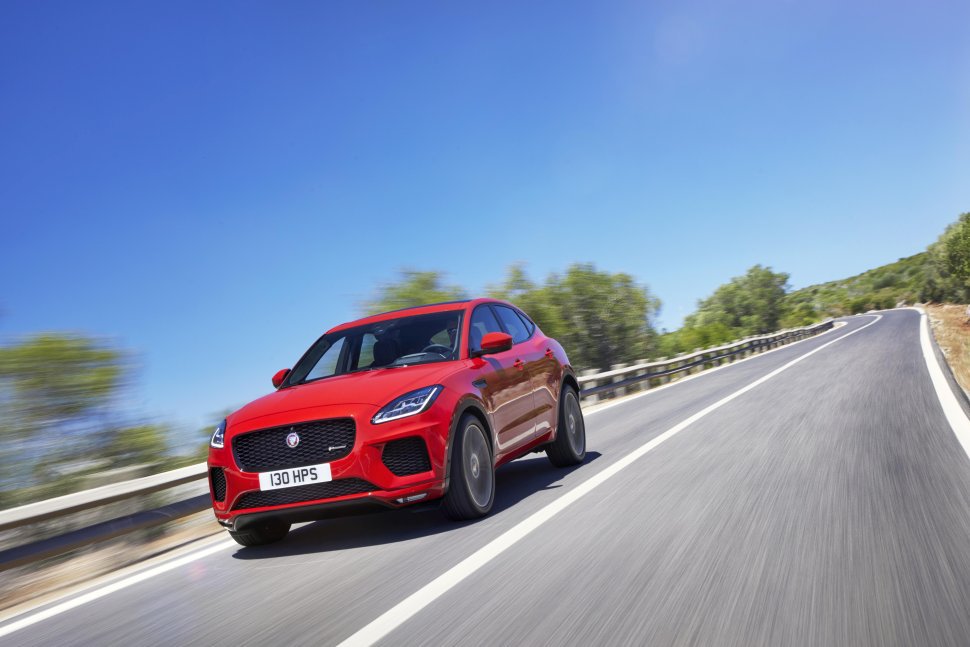
Overview:
What is the engine capacity of a Jaguar E-Pace 2018?
The engine capacity of the Jaguar E-Pace 2018 is 1998.
Jaguar E-Pace 2018 How many horsepower?
The engine power of the Jaguar E-Pace 2018 is 250 Hp @ 5500 rpm..
What is the Jaguar E-Pace 2018 engine?
Jaguar E-Pace 2018 engine is Ingenium / PT204. (Click to see other cars using the same engine)
How much gasoline does a Jaguar E-Pace 2018 consume?
The Jaguar E-Pace 2018 consumes 7.7 liters of gasoline per 100 km
General:
Engine:
Performance:
Space:
dimensions:
Powertrain, Suspension and Brakes:
See also
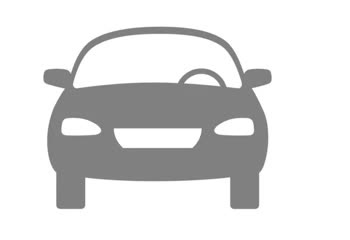
Last generation.
Its production began in 2023 until 2024
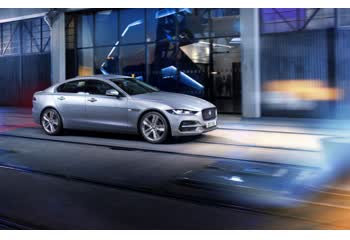
Same engine. (Ingenium / PT204).
Its production began in 2020 until 2024
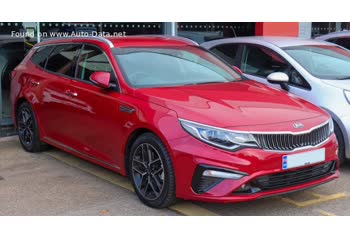
Same production year and almost the same engine capacity.
Its production began in 2018 until 2020
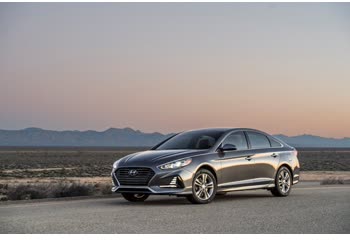
Same production year and almost the same engine capacity.
Its production began in 2018 until 2019

Write a comment